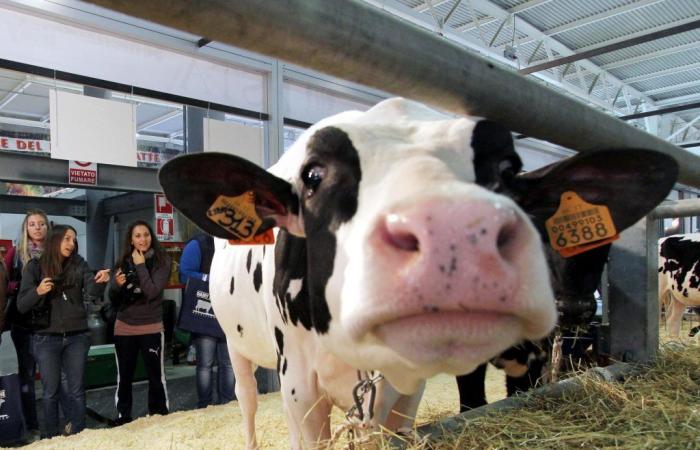The world’s population will increase by more than 700 million to 8.7 billion by 2033 with an average growth rate of 0.8% per year, marking a deceleration from 1% per year over the past decade. Sub-Saharan Africa will see the fastest population growth at 2.4% per year while China’s population will gradually decline. Additionally, India is projected to consolidate its position as the world’s most populous country, surpassing China, with an average growth rate of 0.8% per year over the next decade. The overall slowdown in world population growth will lead to slower growth in global food demand compared to the previous decade. This is what emerges from the OECD-FAO Agricultural Outlook 2024-2033 report. Globally, GDP growth is expected to stabilize at an average rate of 3% per year over the next decade, after declining from an estimated 3.5% in 2022 to 3.0% in 2023. The estimate is contained in the OECD-FAO Agricultural Outlook 2024-2033 report, therefore a slow economic recovery, especially in advanced economies and in developing markets, compared to the crises due to Covid and the war in Ukraine. Developing Asian economies will continue to record the fastest growth, at 4.5% per year, followed by sub-Saharan Africa at 4.3%. In contrast, GDP growth in advanced economies is expected to be below 2% per year.
Among the findings in the report is the significant decline in OECD countries’ global market shares for dairy products, vegetable oil and meat compared to 20 years ago, with China, India and the rest of Asia contributing the most to these changes. OECD countries’ share of global dairy consumption has fallen from 36% to 26%. India has contributed the most to this shift, increasing its market share by 11%. points. For vegetable oil, market shares have largely shifted to China, which has increased its share by 8 percentage points. For meat, all regions except the OECD group have shown moderate increases in market shares, with the rest of the Asia region showing the largest increase (around 3%). points). In addition, OECD countries’ share of cereals and protein meals have declined sharply over the past 20 years, by 17 and 20 percentage points, respectively. In both In some cases, China contributed more significantly to this shift, increasing its shares of cereal and protein flour consumption by 9 and 11 percentage points, respectively.
In OECD countries’ production of cereals, oilseeds, milk, meat and sugar, the global share has declined by an average of about 7 percentage points over the past 20 years. The most notable change has occurred in global milk markets, with the OECD share falling from 51% to 41%. India accounted for almost all of this shift, increasing its share from 14% to 23%. Interestingly, in oilseed production markets, China’s share has declined almost as much as OECD country shares, falling by 4 and 5 percentage points, respectively, with Eastern Europe and Other Americas regions closing the gap.






